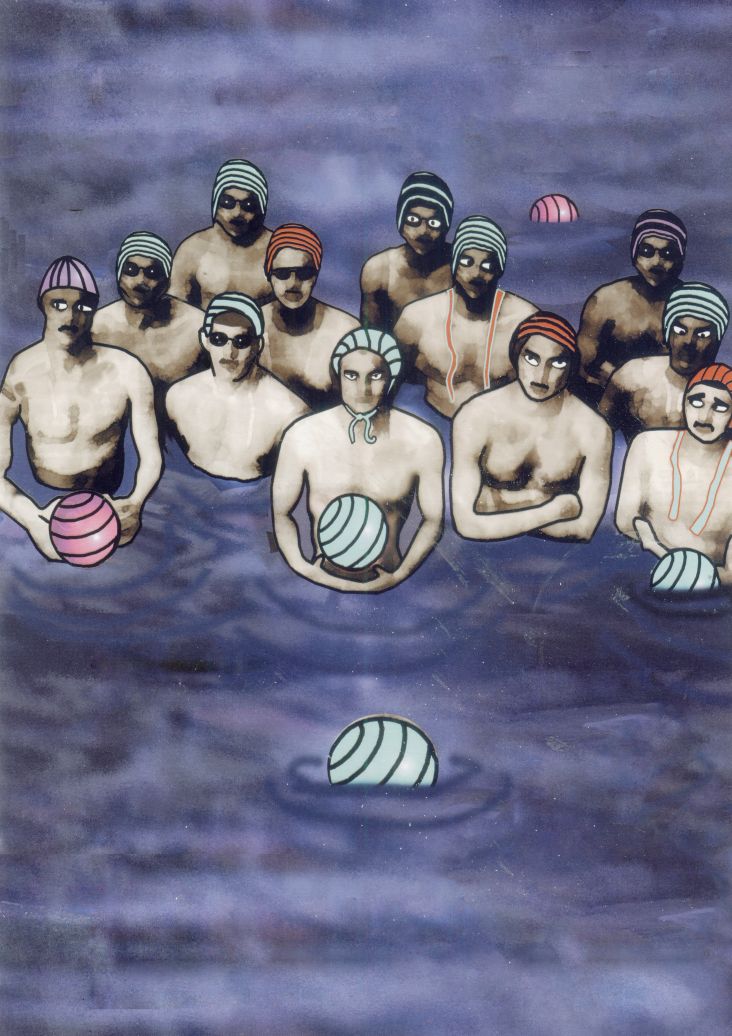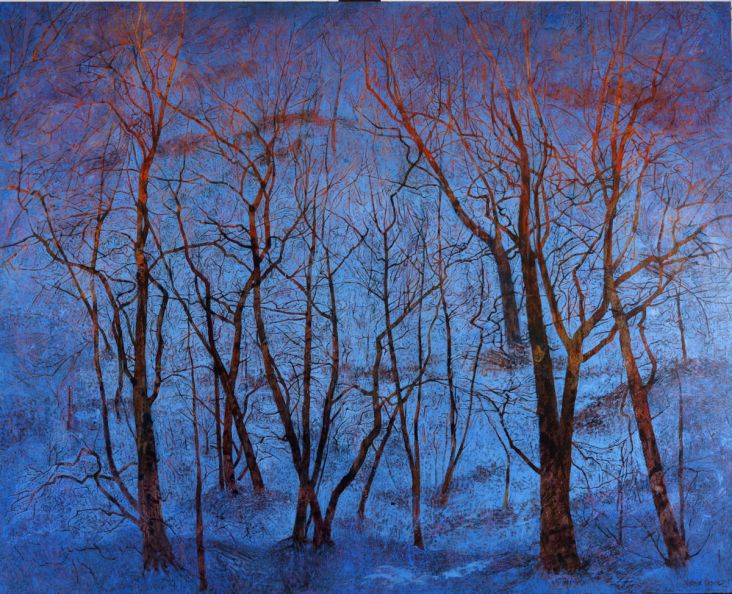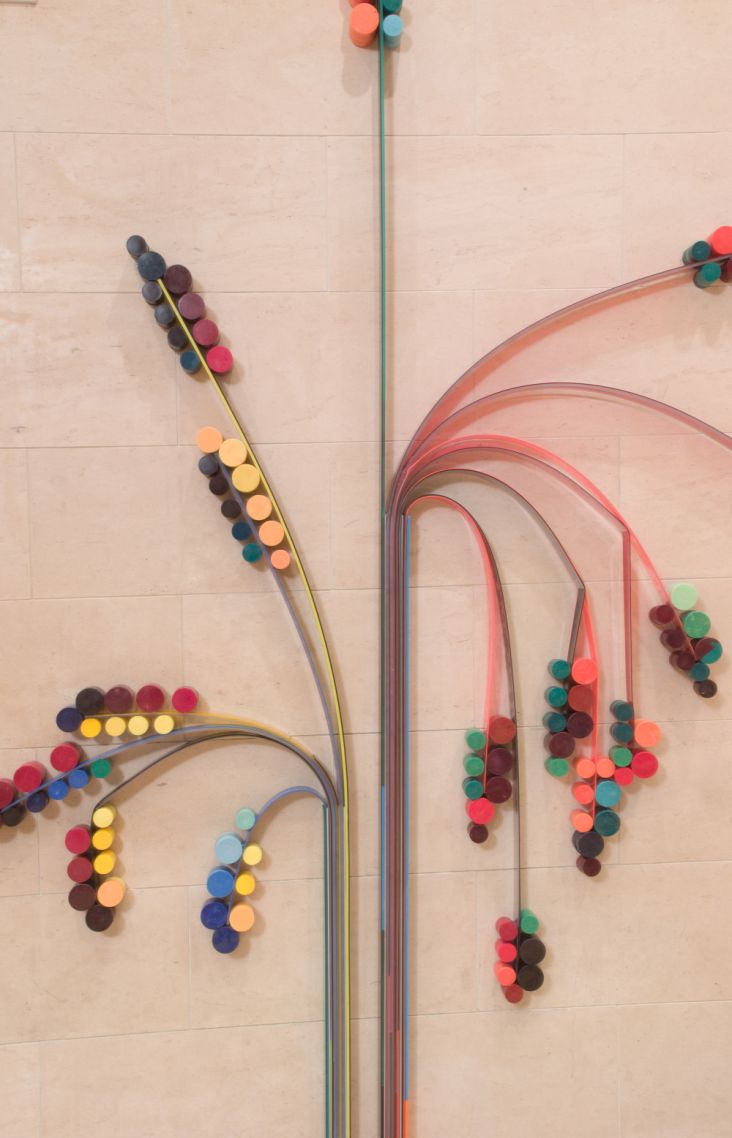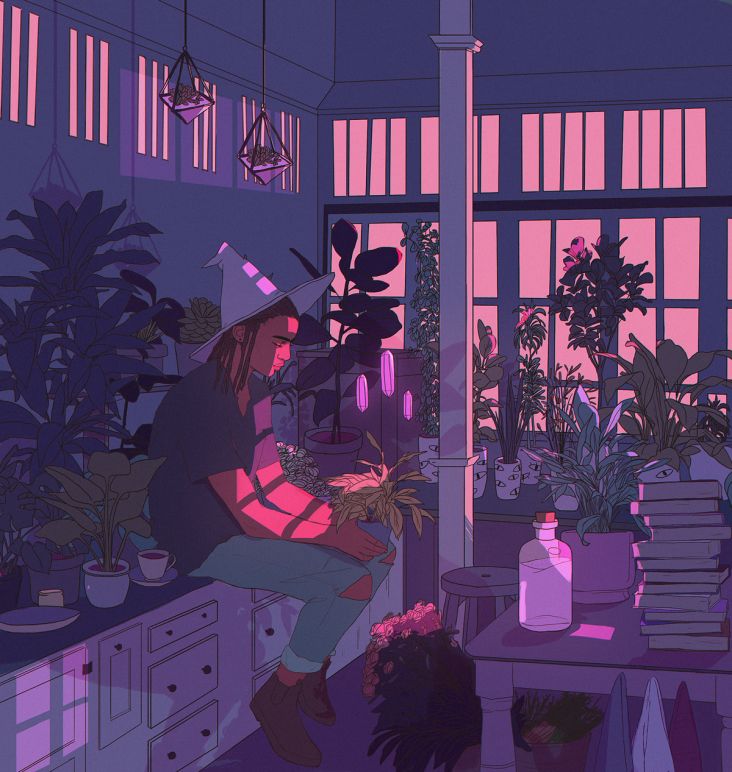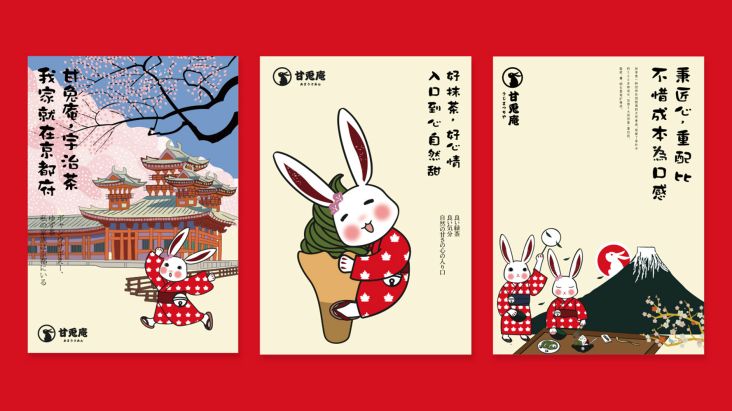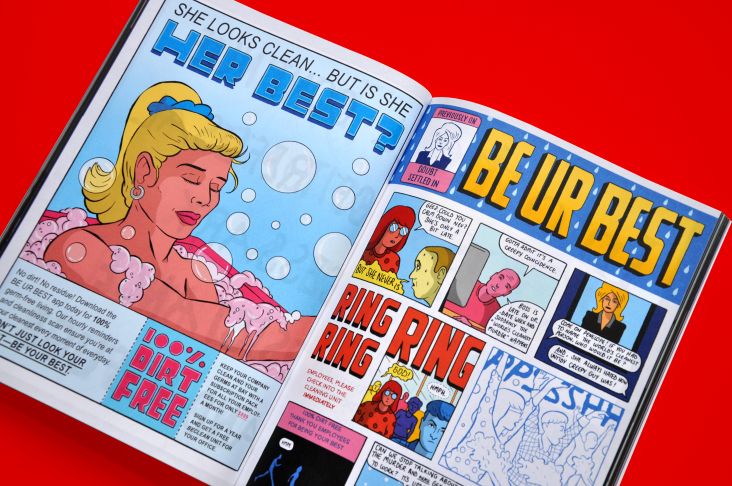New exhibition reveals the propaganda posters and artworks made during China’s Cultural Revolution
Explore the art made during China’s Cultural Revolution with a new exhibition at London's William Morris Gallery this spring, showcasing a variety of works produced during this time, including propaganda posters, revolutionary landscapes, images of the leader, intricate papercuts and household objects all of which were collected in China during the 1970s.
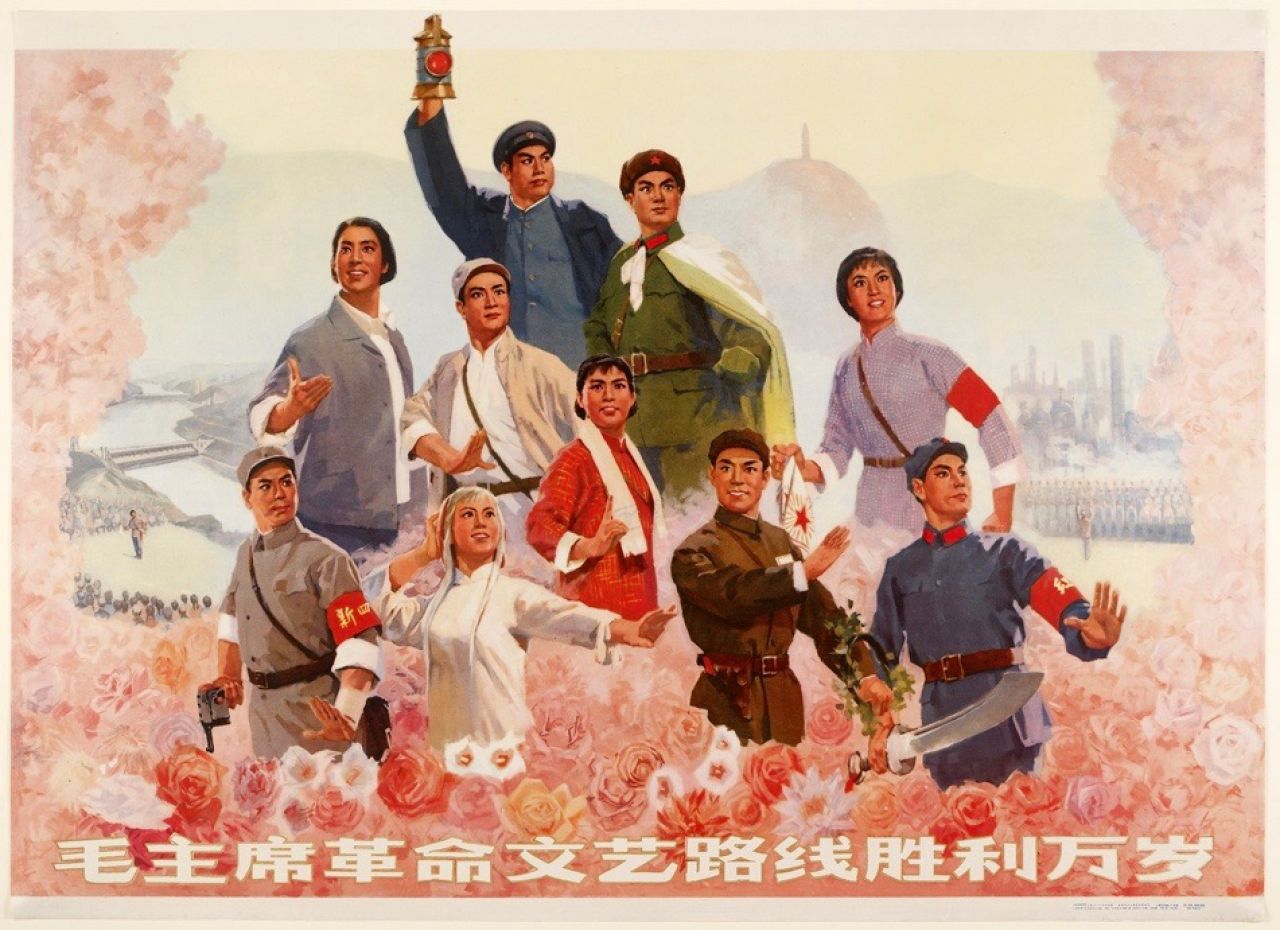
Jiasheng Ding; Shanghai Theatre Academy (est. 1945) Characters from the revolutionary operas 1974 Shanghai People’s Publishing House (est. 1951), (publisher) Lithograph © Ashmolean Museum, University of Oxford
In 1942 Chairman Mao Zedong declared that all art should serve the worker, peasant and solider. During the Great Proletarian Cultural Revolution (1966—76) this policy was vigorously implemented and art began to feature images promoting industrial progress, public health and self-improvement.
An older generation of traditional artists was condemned by the Red Guard as counterrevolutionaries, and their work denounced as bourgeois. These artists sometimes adapted their works to accommodate revolutionary themes but many were persecuted and imprisoned.
Images of the leader appeared everywhere, as did sayings from Chairman Mao’s Little Red Book. Bold, colourful posters combined text and image to promote political messages. The compositional style of many paintings was based on Soviet models with strong, central, figural grouping.
The predominant colour was red – the colour of the revolution – and when Mao was shown it was always amid a glowing light. Lithographs that will be on display include Chairman Mao in Zhongnanhai (1969) and Chairman Mao talking to farmers in a spring landscape (1964) by artist Hongcai Zhou, which depicts a smiling leader greeting a group of farmers.
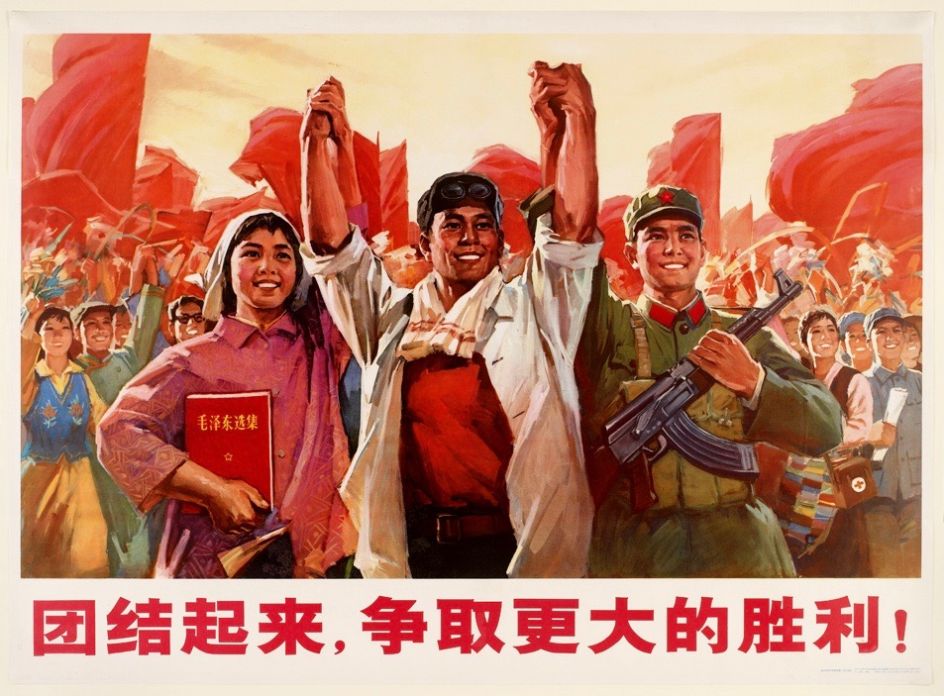
Yan Yongsheng Unite for Greater Victory! 1974 People’s Fine Arts Publishing House (est. in 1951), (publisher) Lithograph © Ashmolean Museum, University of Oxford
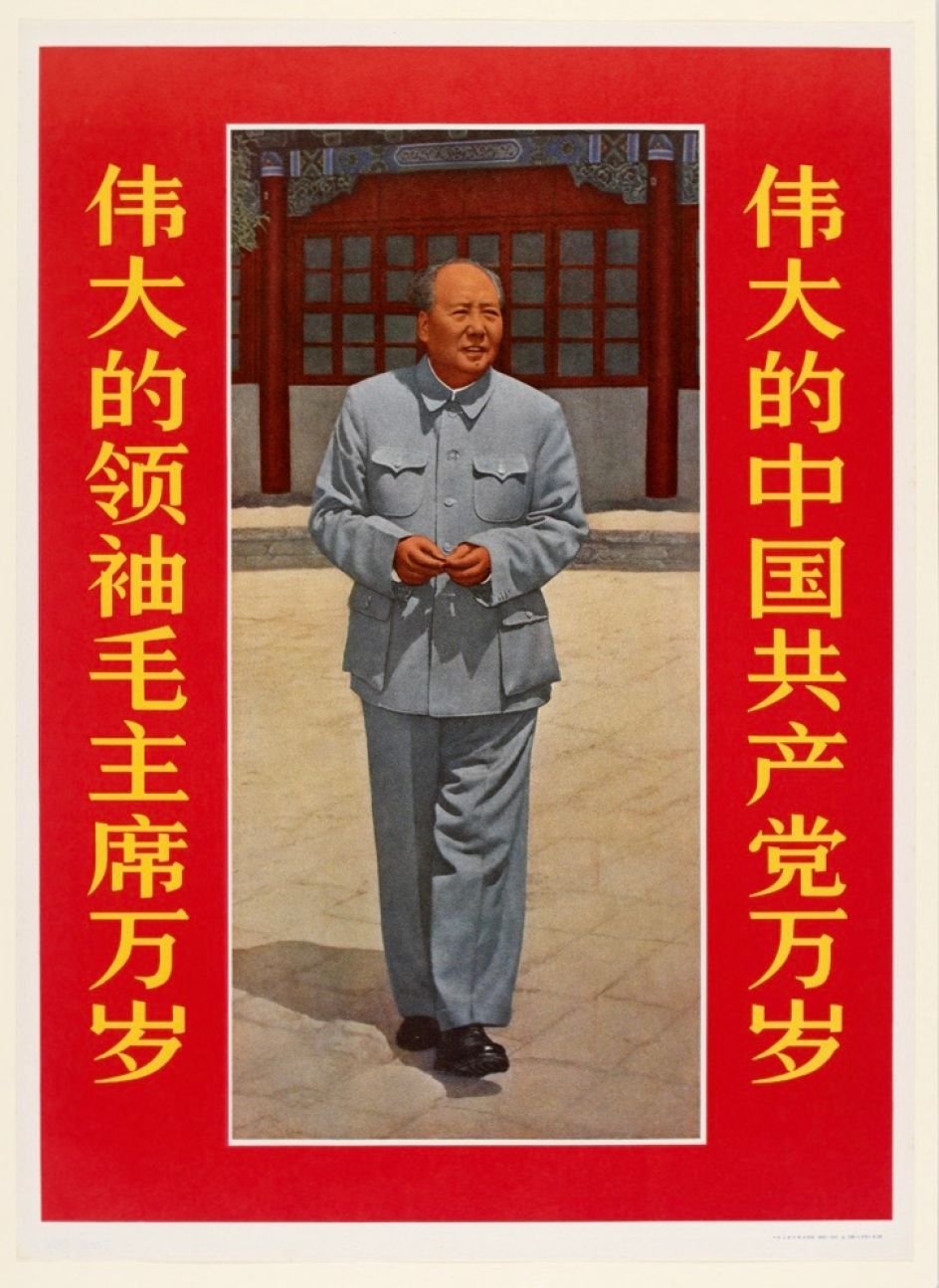
Chairman Mao in Zhongnanhai 1969 People’s Fine Arts Publishing House (est. in 1951), (publisher) Lithograph © Ashmolean Museum, University of Oxford
Between 1972 and 1976 a series of national exhibitions was organised. The second of these, in 1973, included a section devoted to the art of guohua (‘national painting’). Paintings in this category used the traditional Chinese medium of brush and ink and revived traditional landscape styles.
However, these landscapes now incorporated revolutionary elements such as men and women in military uniform, model workers, and symbols of modern industrial achievement. The lithograph New Aspects of Lake Tai (1973) by artist Song Wenzhi depicts fog creeping through a sweeping valley. Traditional wooden ships with billowing sails sit on the water below, but the focus is on the radio towers and wires spanning both land and sea.
Characters from the Revolutionary Operas by Ding Jiasheng (1974, pictured) depicts characters taken from model dramas framed by red and pink roses. In the distant background, military training takes place.
Such images permeated all areas of everyday life and could be found reproduced on all manner of objects – including matchboxes – which before had often been illustrated with images from Chinese folklore. Even the traditional folk art of the delicate papercut, used to decorate windows at home, promoted ‘Mao Zedong Thought’.
This decade of turmoil and the government’s attempt to create a new visual culture has had lingering effects on Chinese art and continues to inform the works of many contemporary Chinese artists.
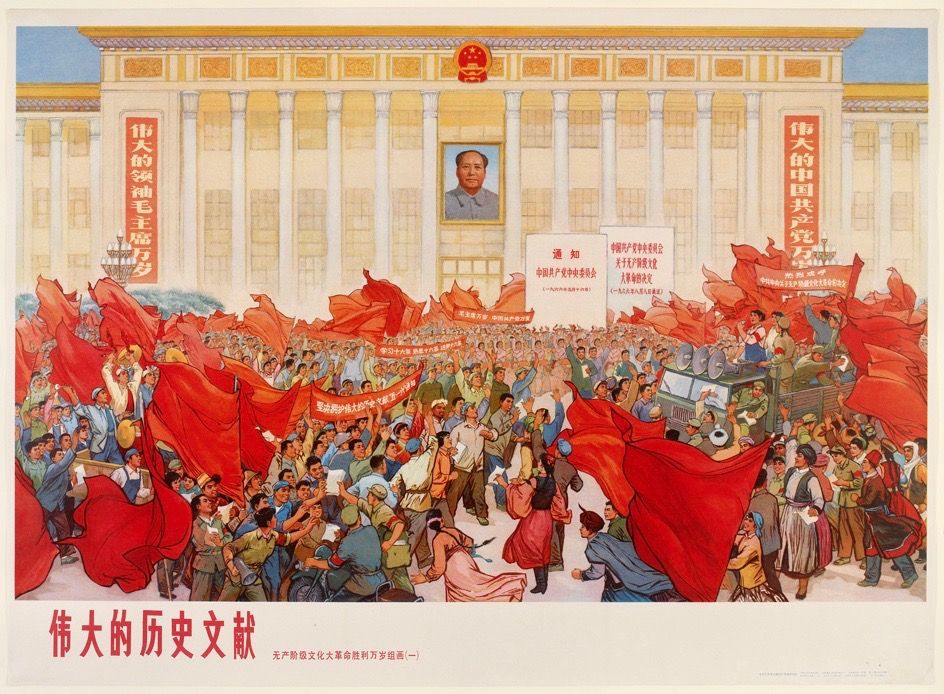
Cultural Revolution Group Painting Collective The Great Historical Documents 1976 Shanghai People’s Publishing House (est. 1951), (publisher) Lithograph © Ashmolean Museum, University of Oxford
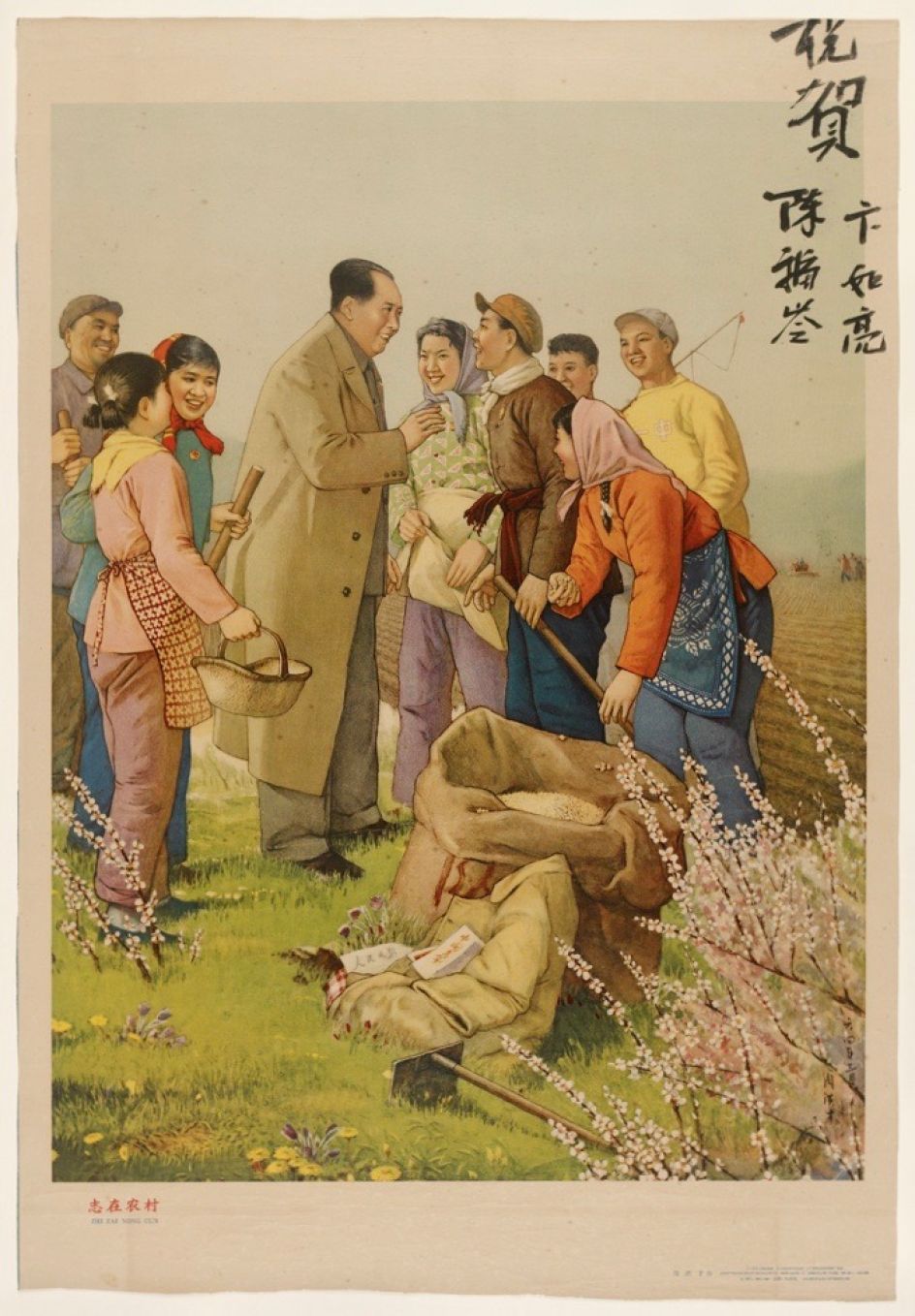
Hongcai Zhou Chairman Mao talking to farmers in a spring landscape 1964 Liaoning Fine Arts Publishing (est. 1945), (publisher) Xinhua Bookstore (est. 1937), (retailer) Lithograph; Calligraphy in ink © Ashmolean Museum, University of Oxford
Running alongside the exhibition will be ‘Haiku Adventure: The Craft of Games’, a display exploring the intersection between traditional Japanese woodblock prints and video games – two different mediums separated by centuries and yet linked by a common sensibility.
Small Island Games will present the development of its new video game Haiku Adventure, juxtaposing its creative process with its artistic influence: the ukiyo-e prints of Edo – era Japan. The display follows on from the Gallery’s 2017 exhibition, ‘Sheer Pleasure: Frank Brangwyn and the Art of Japan’, which was formative to the game’s conception.
This exhibition will showcase original Japanese prints alongside interactive game displays and an overview of the development process, allowing visitors to experience a modern adaptation of an ancient craft.
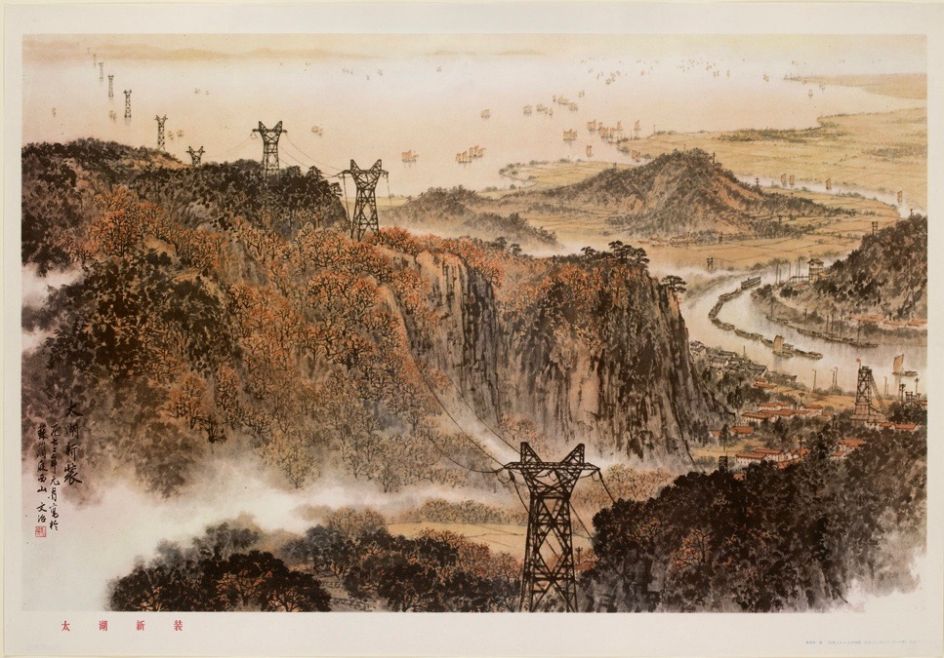
Song Wenzhi New Aspects of Lake Tai 1973 Jiangsu People’s Publishing House (est. 1953), (publisher) Lithograph © Ashmolean Museum, University of Oxford
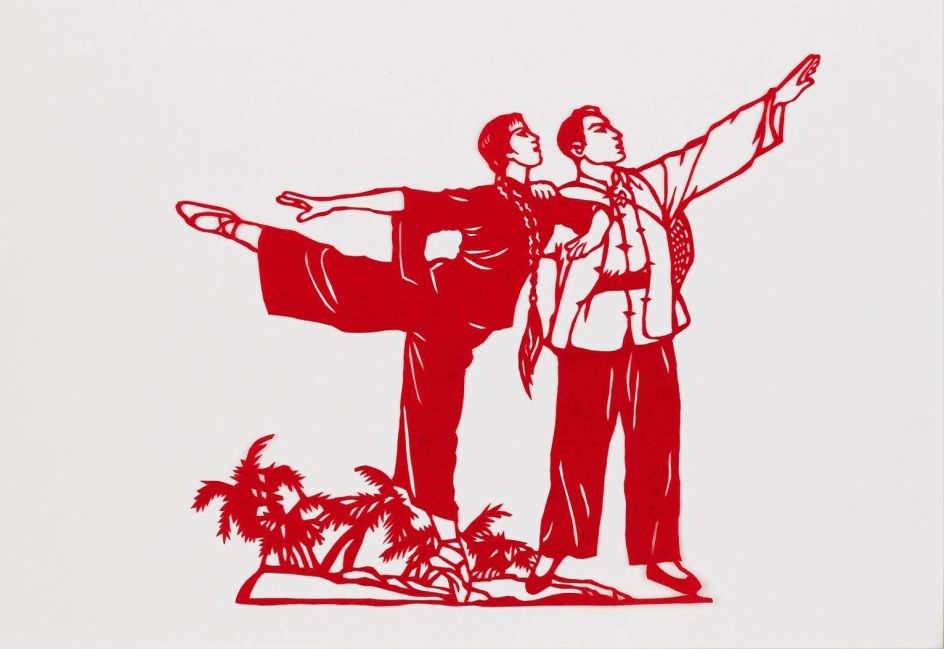
Unknown Set of seven papercuts depicting heroines from Red Detachment of Women 1970s Cut Paper © Ashmolean Museum, University of Oxford
‘Cultural Revolution’ is a travelling exhibition organised by The Ashmolean Museum, University of Oxford. It will take place at the William Morris Gallery in London from 23 February 2019 – 27 May 2019. Admission is free.














](https://www.creativeboom.com/upload/articles/66/66b7f1733a77a57db3e5e8d5a0e30474221d3127_732.jpeg)
